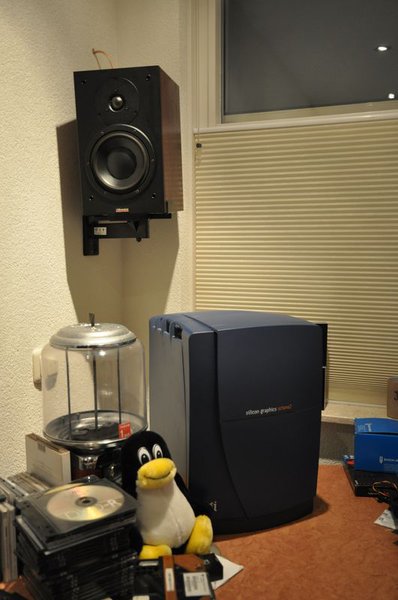I had two Indigo R3000 boards run out of battery (the infamous 'can't set TOD clock' bug) in a matter of days.
The original batteries (Tadiran, Sonnenschein) are pretty expensive so I decided a CR2032 hack was appropriate. Here's the result:
Chyron Centaur Video option board mounted again. As you can see, clearance is not a problem.
Oh, and they work fine again of course. The CR2032 a somewhat lower voltage (3V versus 3.6V) but considering the price of CR2032 cells I don't really care if they last a little shorter
The original batteries (Tadiran, Sonnenschein) are pretty expensive so I decided a CR2032 hack was appropriate. Here's the result:
Chyron Centaur Video option board mounted again. As you can see, clearance is not a problem.
Oh, and they work fine again of course. The CR2032 a somewhat lower voltage (3V versus 3.6V) but considering the price of CR2032 cells I don't really care if they last a little shorter

To accentuate the special identity of the IRIS 4D/70, Silicon Graphics' designers selected a new color palette. The machine's coating blends dark grey, raspberry and beige colors into a pleasing harmony. (
IRIS 4D/70 Superworkstation Technical Report
)





































